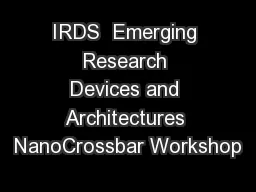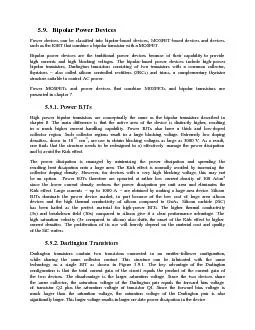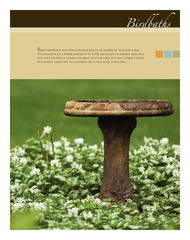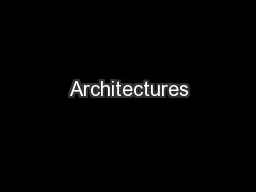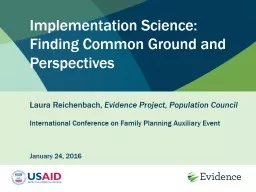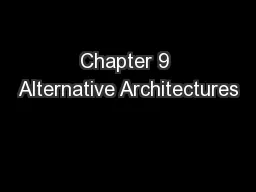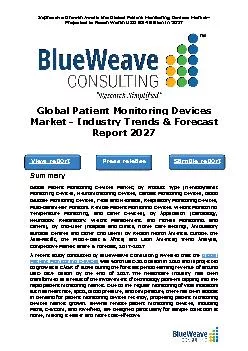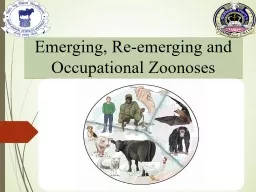PPT-IRDS Emerging Research Devices and Architectures NanoCrossbar Workshop
Author : luanne-stotts | Published Date : 2018-10-31
Paul Franzon North Carolina State University Raleigh NC paulfncsuedu 9195157351 httpwwwecencsueduerlfacultypaulfhtml Thanks Thanks to Rambus for hosting this
Presentation Embed Code
Download Presentation
Download Presentation The PPT/PDF document "IRDS Emerging Research Devices and Arch..." is the property of its rightful owner. Permission is granted to download and print the materials on this website for personal, non-commercial use only, and to display it on your personal computer provided you do not modify the materials and that you retain all copyright notices contained in the materials. By downloading content from our website, you accept the terms of this agreement.
IRDS Emerging Research Devices and Architectures NanoCrossbar Workshop: Transcript
Download Rules Of Document
"IRDS Emerging Research Devices and Architectures NanoCrossbar Workshop"The content belongs to its owner. You may download and print it for personal use, without modification, and keep all copyright notices. By downloading, you agree to these terms.
Related Documents

